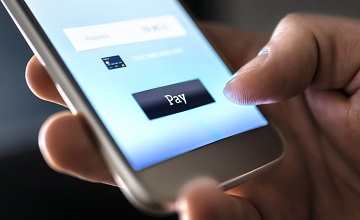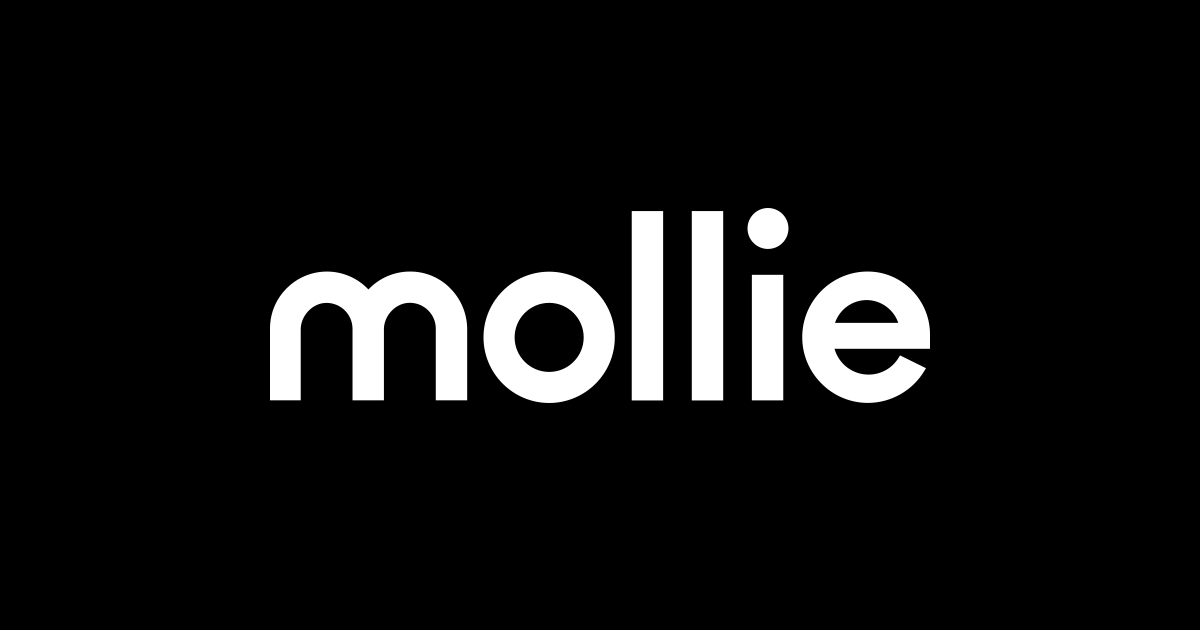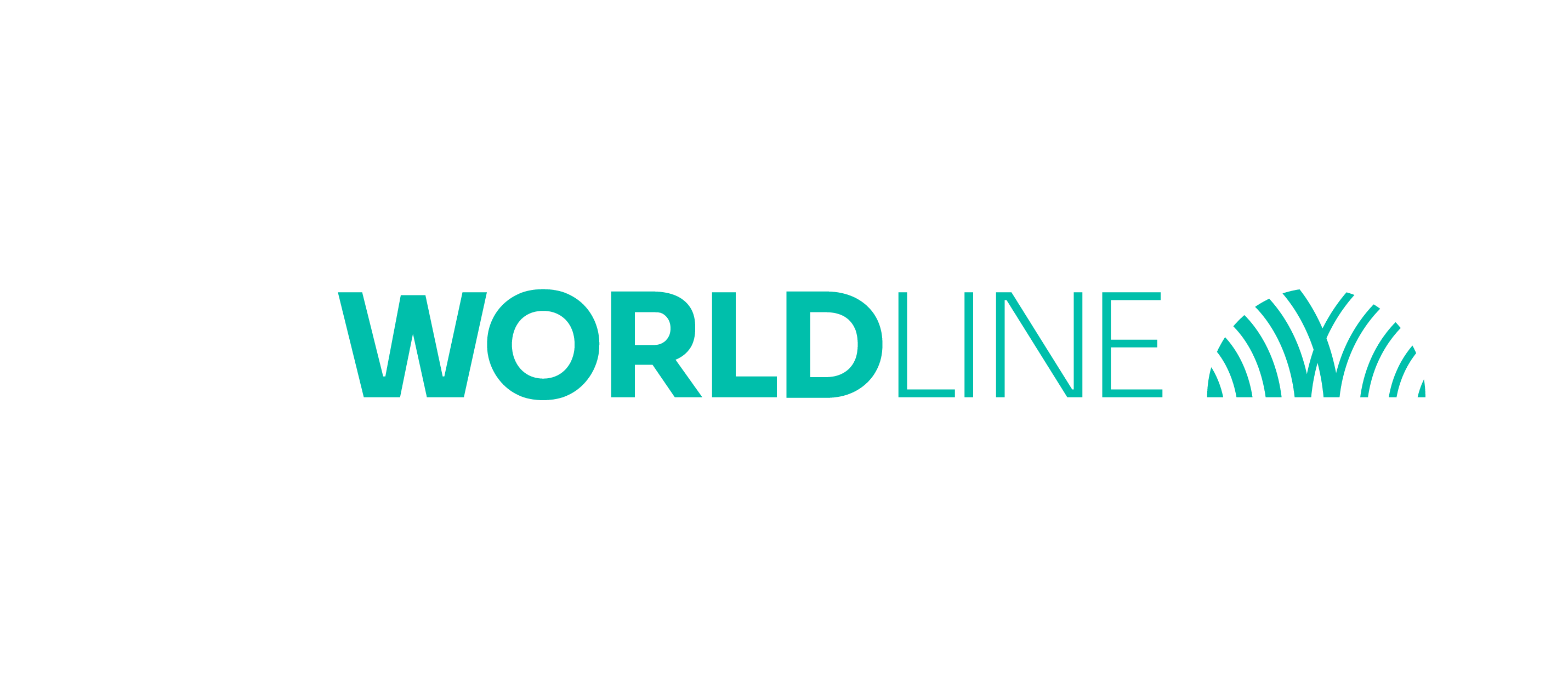Payment providers
When selling online, of course you want to make sure that customers can pay for your products. Payment providers make this possible. What are some trustworthy online payment systems or providers in Europe? What should you pay attention to when you’re selecting one for your online business?
What is a payment provider?
 A payment provider is a company that provides online sellers with online payment systems. They provide the technical payment gateway between the customer, the payment method and the online store.
A payment provider is a company that provides online sellers with online payment systems. They provide the technical payment gateway between the customer, the payment method and the online store.
Well-known online payment methods in Europe are for example online debit cards, credit cards such as Mastercard and Visa, Paypal, and Klarna (which enables purchasing on account). Sometimes payment providers develop their own software and their own online payment systems, but usually, they are an intermediary between a payment system and the online seller.
List of payment providers
There are a lot of different factors you should take into account when selecting a payment provider. Some well knows payment providers are:
Dutch payment provider Mollie used to have a focus on the Dutch and Belgian market, but most of its growth is now coming internationally. In its beginning years, the payment provider was mostly serving small ecommerce companies. Now it serves larger clients as well.
Adyen is a Dutch payment provider that’s also internationally active. They started in 2006 and have grown quickly ever since then. According to their own website they offer worldwide coverage and all popular payment methods.
How do they work?
The provider has contracts with multiple payment services and systems. This means that you will be able to offer your customers multiple payment gateways. A payment provider does not only provide the technical link to the payment system, but it also processes the incoming payments.
The payment provider makes it possible to offer multiple payment methods to your customers.
After a customer pays for one of your products, the payment will be transferred directly to the payment provider. The transaction is then checked for validity, after that the amount will be transferred in the desired currency to your account. The costs for a payment provider usually depend on the provider. Usually there is a transaction fee based on a percentage of each transaction, some charge a set amount per transaction. And some also charge a monthly fee.
What to look out for in a payment provider?
It can be difficult to decide which payment provider and payment methods you should select for your online store. There are several factors you should keep in mind during your selection process. One of those is the nationality of your customers. In each country, different payment methods will be popular. When looking at payment providers, make sure to look at the payment systems they offer and whether those are popular in the countries you’re selling to.
Another important factor to keep in mind is whether the provider supports payments on mobile phones. As more online shoppers shop on their mobile phones, this is a very important thing to look out for.
Another very important factor is whether the payment provider has plugins for your ecommerce software. Do they have a plug-and-play solution? Are there any integrations possible with your website?
Popular payment systems across Europe
Knowing which payment systems are popular across Europe might help you with selecting a suitable payment provider for your online store.
Although Paypal, Klarna, Mastercard, and Visa are widely used global payment systems, oftentimes customers prefer national systems. Implementing those in your website will give those customers a more familiar feeling with your checkout. Inquire whether your payment provider has contracts with those national payment systems.


